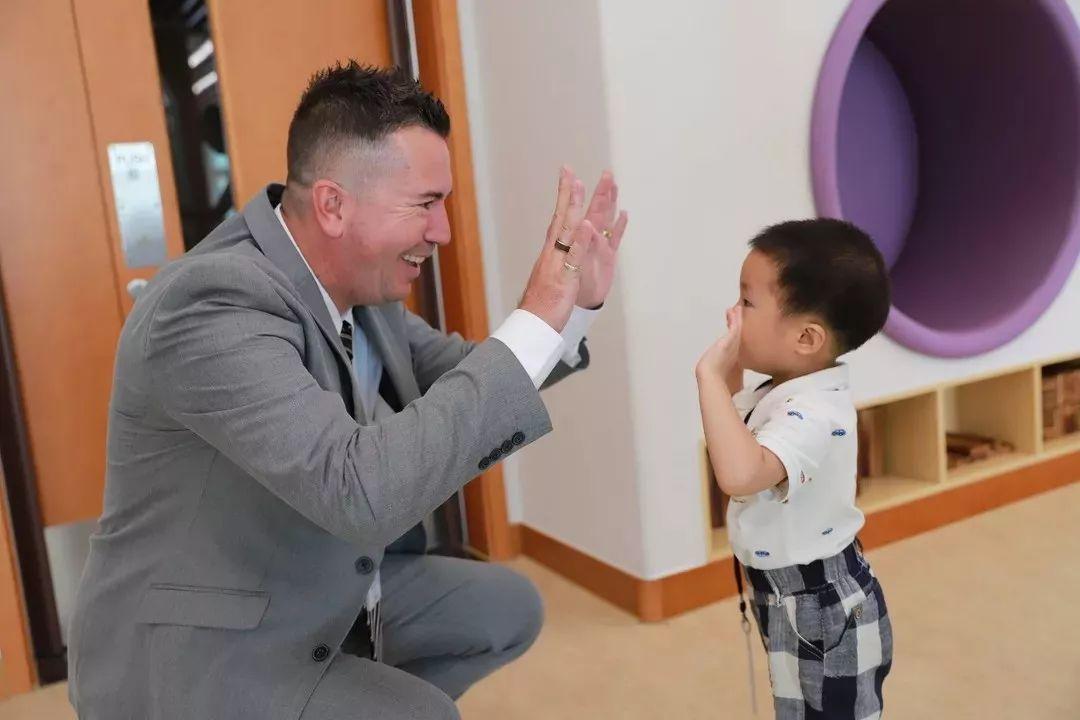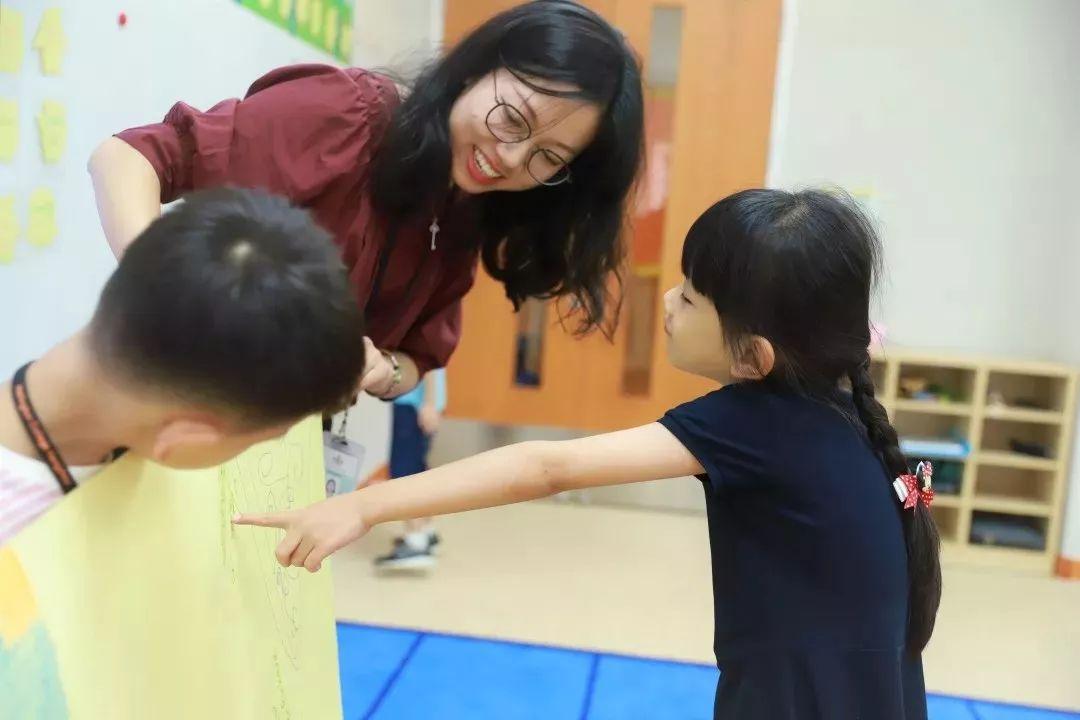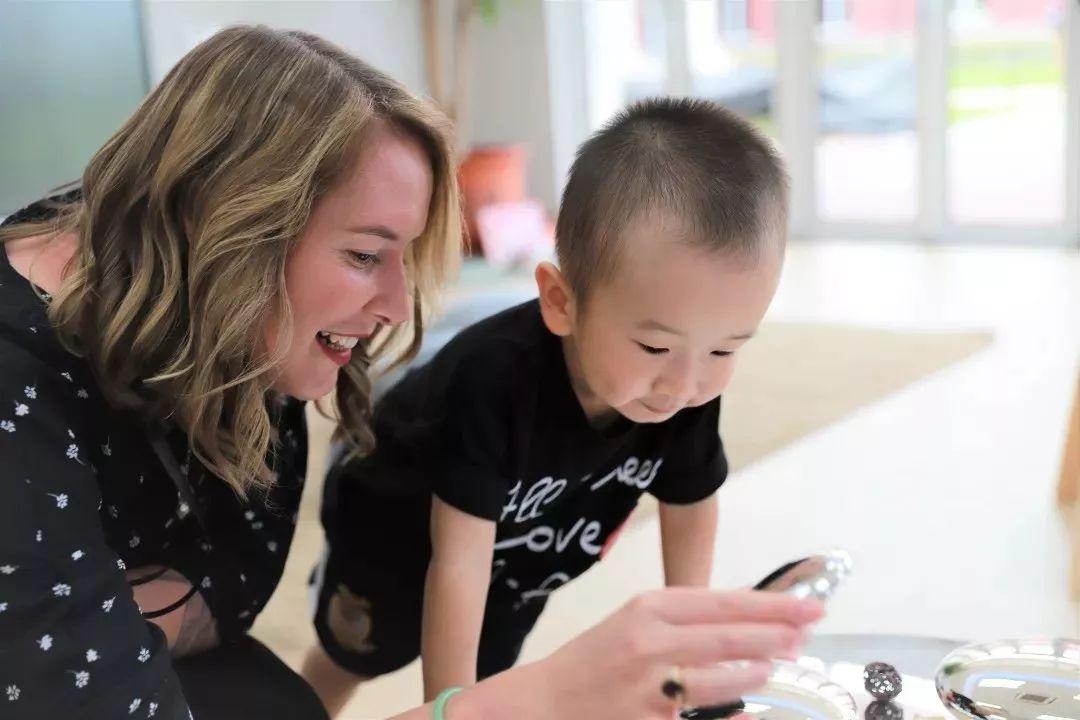点击蓝色字体 关注我们!Follow Us On Wechat!

In international and bilingual schools around the
world, an important topic raises its head at the beginning of each school year;
transition. Learning how to support children through this process is crucial.

Transitioning for children is not easy. Leaving a familiar place, leaving existing friends and losing the comfort of the “known” can be hard. Transitions bring a unique set of social and emotional challenges that schools and parents must be aware of. As Blomberg (N.D.) states, “moving is an emotional experience, and how the transition is handled has an enormous impact on a child's academic performance”. Pogosyan (2016) concurs, arguing that “the external upheaval surrounding transitions is often mirrored in us internally, through a kaleidoscope of emotions”.

However, whilst acknowledging that mobility and transitions can create challenges for children, Pogosyan (2016) cites psychologist Doug Ota (2014) in arguing that “mobility across cultures can be a catalyst for tremendous growth”. Reeves (2006, cited in Morales, 2015) argues that “No matter how challenging the situation is for families, with the right support and guidance, attending an international school can be a very positive experience”.
This year, in our founding year for Huili School Hangzhou and Huili Nursery Hangzhou, every single pupil is going through a transition. You may have seen behavioural changes and anxiety in your child as they prepare to enter the school. As a school, we recognise this and will be working hard over the coming weeks to help our pupils transition smoothly into their new environment as they make friends, meet new teachers and, for many of them, experience an entirely new education system and way of learning. Parents must also be aware of the challenges that come with transitions, and have strategies to support their children through this important stage. Over these coming weeks, we will rally together as a community and ensure that our children have a positive and smooth experience into this “new” and “unknown” environment. Below are a few suggestions for how to support your child at this time, along with some additional resources that we hope will be helpful.
Ota (2014, cited in Pogoysan, 2016) believes that talking to your child and listening to their concerns is key to understanding how they are processing the transition, and identifying areas where you can help them;

“Do not underestimate the healing power of simply attending to whatever a child is saying,” writes Ota. Listen reflectively - discerning the core message, or reading between the lines -then repeat the core message back to the child to make sure you got them correctly. This shows empathy and the intention of wanting to truly understand their feelings and experiences. Having you as an audience is often all they need. (Source: Pogoysan, 2016)
It is critical that parents and teachers are in close communication with each other, and are sharing information about children in a timely manner. If parents are noticing different behaviours and have concerns that their child is struggling with the transition, it is important to communicate this with teachers. Likewise, teachers may notice behaviours at school that the parents are unaware of.

Sharing information and keeping each other in the loop is a great way to ensure that difficulties are spotted early, and also allows parents and teacher to work as a team to help children. If specific issues are identified, such as changed diet habits, social withdrawal, changes in a child’s approach to study, or negative behavior being displayed, parents and teachers can reach out to the support services the school has in place through the pastoral care programme, to help children work through the causes of the issue.
We strongly believe that if we have a close-knit community, we can work together with parents more effectively to provide good outcomes for children. During our first year of operation, we will be reaching out to parents to help us create a Friends of Huili parent-teacher association. Participation is completely optional, but by developing bonds in the community and being involved in the operations of the school, parents are able to demonstrate solidarity for the children, and contribute to creating many positive experiences, events, activities and festivals that will help our children feel more at home, and part of a living breathing community. If you are interested in actively participating in the school community, be sure to reach out and let us know.

Of course, here at school our teachers will be helping children to navigate this initial transition period by providing opportunities for them to feel comfortable, make friends, find their way around the school, know how to reach out for help and, above all, enjoy the fantastic learning opportunities they will be given.
Regardless of the
challenges that transitions pose, the experts agree that the benefits outweigh
them. Pogoysan (2016) eloquently explains;
A safe passage through any
transition involves the marriage of many steps, many moments of perseverance…After all, the reward for children is
far bigger than a new ship. It’s life maturity. It’s resilience. It’s the confidence of knowing
that they can go through challenges and come out on the other side. The reward
is also a broadened mind. The appreciation of what is possible and what is
true. And the realization that there is more than one way of being right.
(Source: Pogoysan, 2016)
Pogoysan (2016) provides several more useful tips in her article ‘Helping Children Through Transitions’. They can be summarised as;
- Help your child to say goodbye in the place they are transitioning from. Give them a sense of closure on their past experiences as a way to making them open up to the new experiences they are about to have.
- Create links with key people in the place they are transitioning from (whether it is their last school, or their home town) that they can keep in touch with to generate continuity.
- Create a sense of continuity and stability by maintaining home traditions and norms.
- Give children more choices, so they feel that they have some sense of control and ownership over the change process.
- Validate and understand your child’s concerns. Recognise that they are going through a difficult transition period and be ready to help them when they need it.
- Find
opportunities for children to gain a sense of success, especially those more
introverted children who may struggle to make friends quickly in a new
environment.
As a school, we look forward to working with parents in a positive way to ensure that all of our pupils have a positive transition into the school, and that together, they will experience all of the benefits that a bilingual education can bring to them.
Head of Pastoral in Huili School Hangzhou, David MacKinnon, has a message for parents joining us this year:
Huili School Hangzhou
Head of Pastoral
David MacKinnon

You are not alone in helping your children overcome the challenge of transitioning to a new environment; the school entered into a partnership with you when you were accepted into our school. Your child will have a class teacher or a tutor; where the most crucial part of their role is the wellbeing of your child. Your child will also have a housemaster who has the responsibility of ensuring each and every one of the pupils in their house are healthy, happy and progressing. The school also has a counsellor who will not only meet with students on a 1:1 basis when they need a little extra emotional support but will also be delivering targeted talks and workshops to specific age groups to help them overcome any challenges they might be facing. If your child was receiving additional academic support to help them learn in the classroom, you can take comfort in knowing that the school also has a friendly and knowledgeable SEN staff ready to carry on supporting your child’s learning. Remember, you are not alone in this, good communication between you, the parents, and us, the school, will be key in ensuring a smooth transition to a new learning environment.
References:
Blomberg, J. (N.D.) Helping Students Transition Well: What Can Teachers and Schools Do?, Acsi.org. Available at: https://www.acsi.org/resources/cse/cse-magazine/helping-students-transition-well-what-can-teachers-and-schools-do-93 (Accessed: 19 August 2018).
Helping Children Transition Easily into a New School Environment (N.D.). Available at: https://www.miracle-recreation.com/blog/helping-children-transition-easily-into-a-new-school-environment/ (Accessed: 19 August 2018).
Morales, A. (2015) Third Culture Kids Need Help with Transitions, Tieonline.com. Available at: https://www.tieonline.com/article/1595/third-culture-kids-need-help-with-transitions (Accessed: 19 August 2018).
Pogosyan, M. (2016) Helping Children Through Transitions, Psychology Today. Available at: https://www.psychologytoday.com/us/blog/between-cultures/201609/helping-children-through-transitions (Accessed: 19 August 2018).














 沪公网安备 31010502004453号
沪公网安备 31010502004453号





 成功提交后我们将尽快与您联系,请注意来电!
成功提交后我们将尽快与您联系,请注意来电!







 成功提交后我们将尽快与您联系,请注意来电!
成功提交后我们将尽快与您联系,请注意来电!


